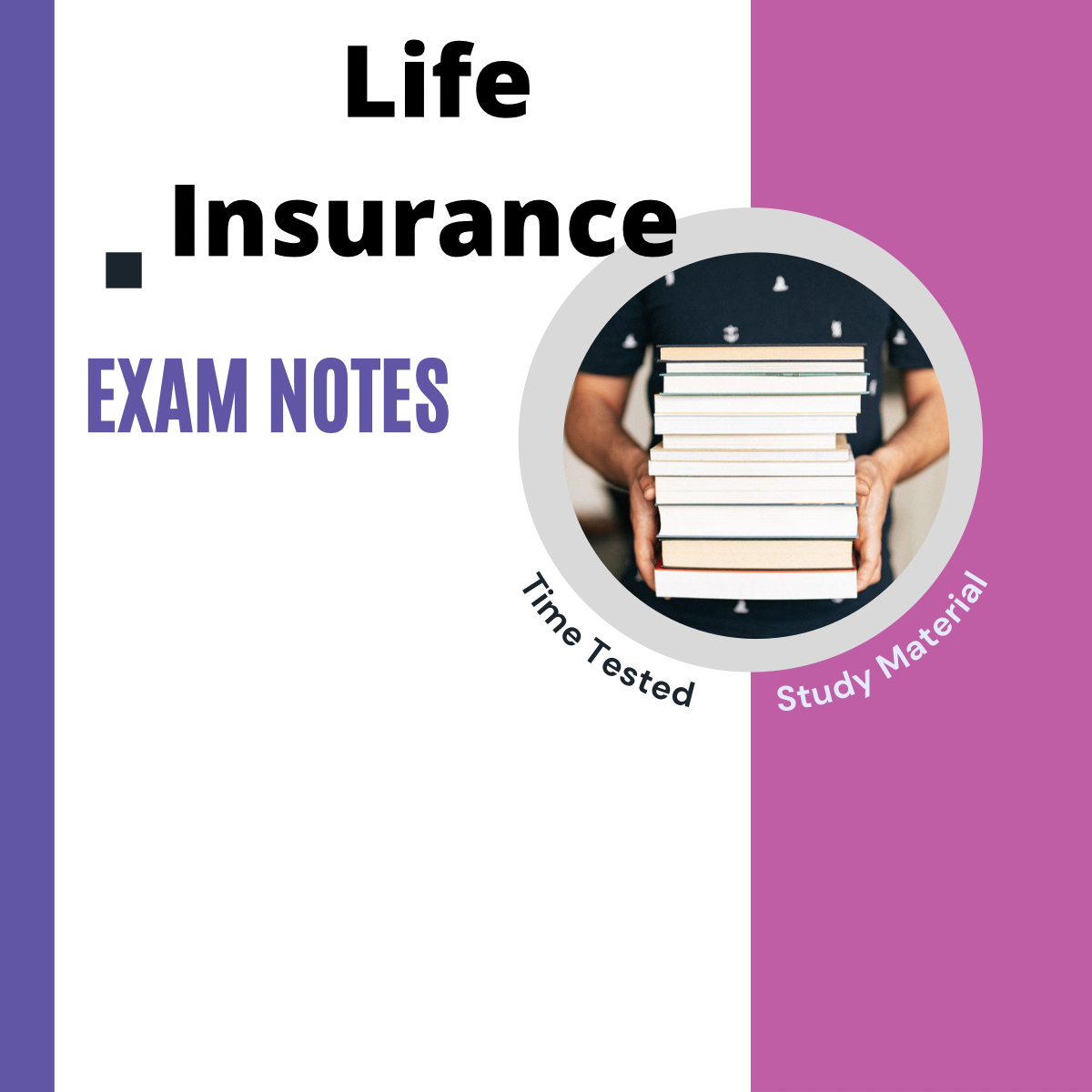The Greatest Guide To Pacific Prime
The Greatest Guide To Pacific Prime
Blog Article
Little Known Facts About Pacific Prime.
Table of ContentsWhat Does Pacific Prime Do?The Greatest Guide To Pacific PrimeSome Known Incorrect Statements About Pacific Prime Pacific Prime - TruthsPacific Prime Things To Know Before You Buy

This is because the data were collected for a period of solid financial efficiency. Of the estimated 42 million people who were uninsured, all however regarding 420,000 (about 1 percent) were under 65 years old, the age at which most Americans come to be eligible for Medicare; 32 million were adults in between ages 18 and 65, about 19 percent of all adults in this age group; and 10 million were youngsters under 18 years old, about 13.9 percent of all children (Mills, 2000).
These estimates of the number of persons uninsured are generated from the yearly March Supplement to the Present Population Study (CPS), carried out by the Census Bureau. Unless or else kept in mind, national price quotes of people without wellness insurance coverage and percentages of the population with different sort of insurance coverage are based on the CPS, one of the most widely utilized source of quotes of insurance coverage and uninsurance prices.
The Facts About Pacific Prime Uncovered

Still, the CPS is particularly useful because it generates yearly estimates reasonably swiftly, reporting the previous year's insurance policy protection approximates each September, and since it is the basis for a regular collection of estimates for greater than twenty years, allowing for evaluation of trends in coverage over time. For these factors, along with the extensive use the CPS in other studies of insurance policy protection that are presented in this report, we depend on CPS quotes, with constraints kept in mind.

The estimate of the number of without insurance people broadens when a population's insurance coverage standing is tracked for several years. Over a three-year duration starting early in 1993, 72 million individuals, 29 percent of the U.S. https://linktr.ee/pacificpr1me. population, were without insurance coverage for a minimum of one month. Within a single year (1994 ), 53 million people experienced at the very least a month without coverage (Bennefield, 1998a)
Six out of every ten uninsured adults are themselves used. Although working does enhance the probability that a person and one's relative will have insurance policy, it is not a warranty. Even members of families with two full-time breadwinner have virtually a one-in-ten possibility of being uninsured (9.1 percent uninsured price) (Hoffman and Pohl, 2000).
Pacific Prime - The Facts
New immigrants make up a substantial proportion of people without medical insurance. One analysis has actually associated a significant portion of the recent development in the dimension of the united state uninsured populace to immigrants who got here in the country between 1994 and 1998 (Camarota and Edwards, 2000). Current immigrants (those who involved the United States within the previous 4 years) do have a high rate of being without insurance (46 percent), yet they and their kids account for simply 6 percent of those without insurance country wide (Holahan et al., 2001).
The partnership between health and wellness insurance and access to care is well developed, as recorded later in this chapter. Although the partnership in between wellness insurance and health and wellness outcomes is neither direct neither simple, a substantial professional and health and wellness services research literary works web links wellness insurance coverage to improved access to care, far better top quality, and improved personal and population health status.
Degrees of evaluation for examining the results of uninsurance. This discussion of medical insurance coverage concentrates mainly on the U.S. populace under age 65 due to the fact that basically all Americans 65 and older have Medicare or various other public insurance coverage. In addition, it focuses specifically on those without any medical insurance for any type of size of time.
Not known Details About Pacific Prime
The issues faced by the underinsured are in some respects comparable to those encountered by the without insurance, although they are normally much less serious. group insurance plans. Uninsurance and underinsurance, however, entail distinctly different plan concerns, and the methods for addressing them may differ. Throughout this study and the 5 reports to follow, the major focus is on persons without health and wellness insurance and hence no support in paying for healthcare past what is readily available with charity and security net establishments
Medical insurance is a powerful factor influencing receipt of treatment since both people and physicians react to the out-of-pocket cost of solutions - https://allmyfaves.com/pacificpr1me?tab=pacificpr1me. Medical insurance, however, is neither essential neither adequate to get to clinical services. The independent and direct impact of health and wellness insurance coverage on accessibility to health and wellness services is well established.
Others will certainly obtain the healthcare they need also find out this here without health insurance, by paying for it expense or seeking it from suppliers who supply care complimentary or at extremely subsidized rates. For still others, medical insurance alone does not ensure receipt of treatment as a result of other nonfinancial barriers, such as a lack of health care providers in their neighborhood, minimal access to transport, illiteracy, or etymological and cultural differences.
What Does Pacific Prime Do?
Official research regarding uninsured populaces in the USA dates to the late 1920s and very early 1930s when the Board on the Expense of Medical Care created a series of reports about financing physician workplace sees and hospital stays. This concern came to be significant as the varieties of medically indigent climbed throughout the Great Clinical depression.
Report this page